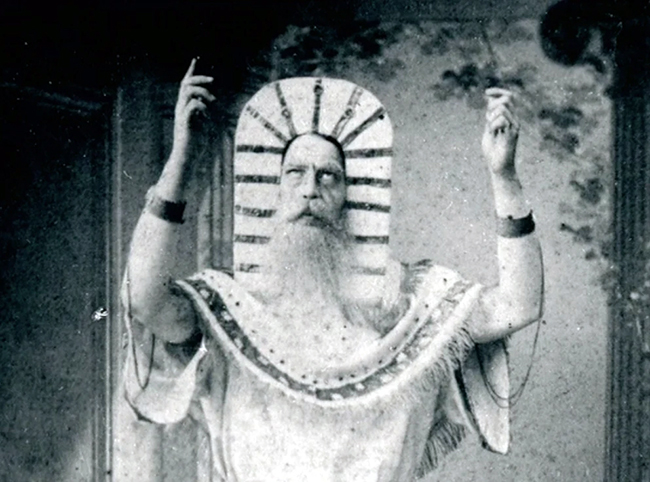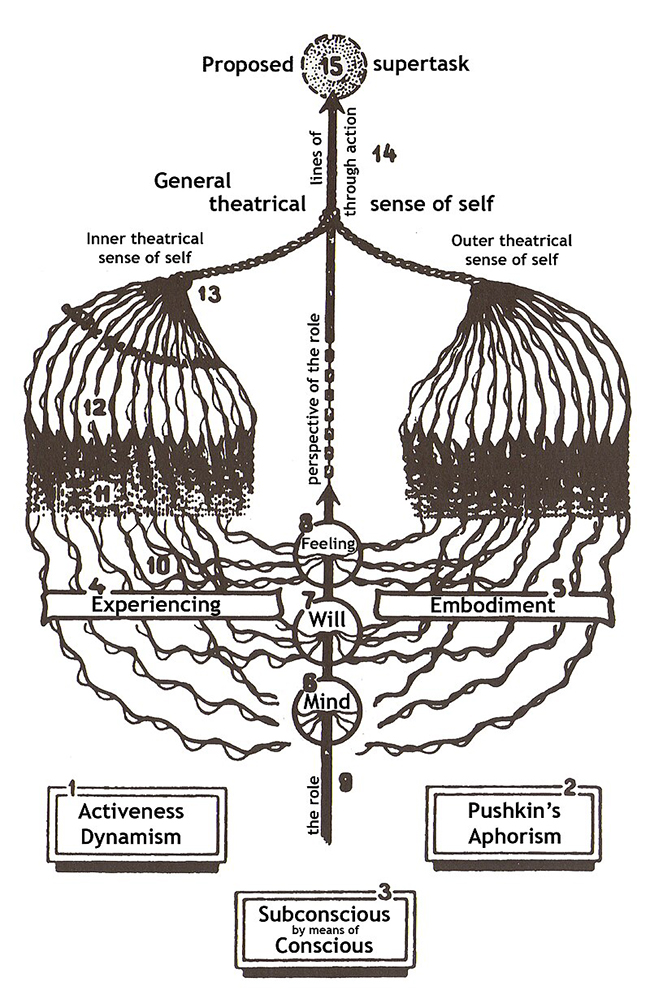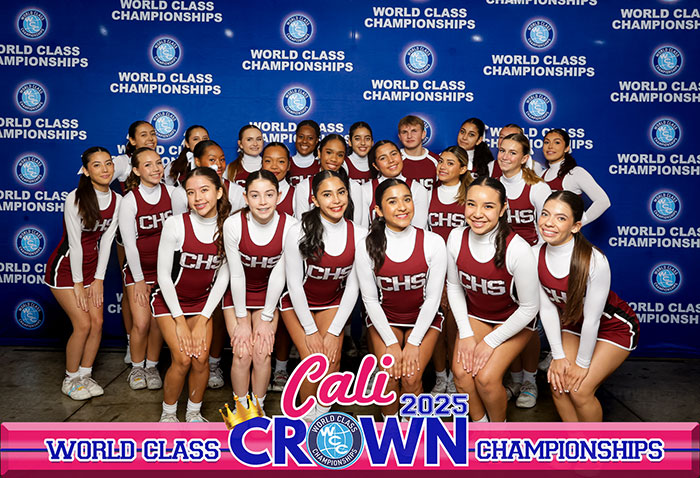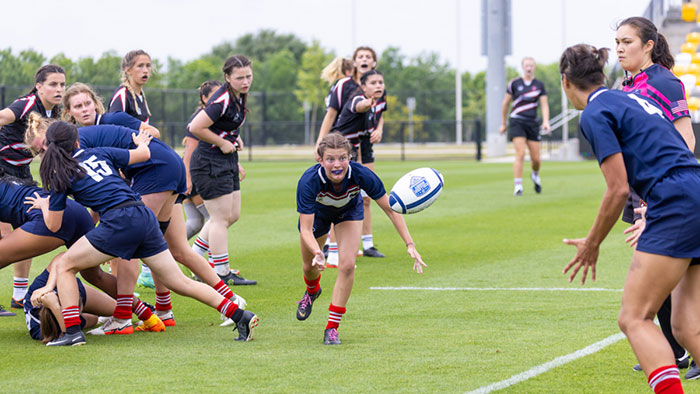Considering a career in acting? A word of advice …

Konstantin Stanislavski seen in the fourth episode of “After My Life in Art,” originally broadcast by The Culture Channel in Russia. Photo/courtesy of Routledge Performance Archive
By Erik von Wodtke | Special to the Courier
Many high school and college theater students graduate with a sense of confidence and confusion. For aspiring actors, the pursuit of professional training can feel like a daunting journey, teeming with conflicting advice and seemingly endless methodologies. Before diving in, it’s crucial to understand the landscape, specifically the underlying philosophy of any acting teacher you’re considering. Just as a doctor must adhere to a specific medical philosophy, so too must an acting instructor navigate the complex terrain of human emotion and expression with a clear and effective approach.
One name consistently surfaces in discussions of acting pedagogy: Konstantin Stanislavski. Often, his name is mistakenly equated with “the method,” a term that has become synonymous with overly-dramatic, intensely personal, and often self-indulgent performances. However, this misrepresentation obscures the true legacy of Stanislavski and the invaluable foundation he laid for generations of actors.
Russian actor and director Stanislavski developed what he called “the system,” a structured approach that emphasized understanding a character’s motivations, inner life, and ultimately, their actions. He believed true artistry stemmed not from simply mimicking emotions but from organically embodying the character’s circumstances. His work centered on unlocking authentic behavior through rigorous self-analysis, scene study, and crucially, the exploration of physical actions — the tangible, observable activities a character undertakes to achieve their objectives.

A diagram of Stanislavski’s system, based on his 1935 “Plan of Experiencing,” illustrates the inner (left) and outer (right) aspects of a role coming together in the pursuit of the character’s overarching “supertask” (top) within the drama. Photo/courtesy of Wikimedia Commons
“The method,” on the other hand, is a distinct and arguably distorted interpretation of Stanislavski’s work, primarily advanced by Lee Strasberg. While initially inspired by Stanislavski’s early ideas, Strasberg’s “method” heavily emphasized emotional recall, urging actors to draw upon personal experiences to fuel their performances. This process, while potentially potent, proved problematic for many actors, often leading to forced, emotionally manipulative, and ultimately unsustainable performances. The key difference lies in the starting point: Stanislavski built from action towards emotion, while Strasberg often started with emotion, potentially bypassing the crucial understanding of character and objective.
So, if “the method” is often criticized, and Stanislavski’s “system” often misunderstood, where should aspiring actors turn? The undeniable power of authentic, compelling acting lies in its believability — the ability to draw the audience into the character’s world and make them believe in their reality. For this, many find the teachings of Sanford Meisner particularly relevant.
Meisner’s technique, largely influenced by Stanislavski’s emphasis on physical actions and truthful behavior, focuses on instinctive, reactive acting. He taught actors to get out of their heads and react genuinely to their scene partners, fostering a dynamic and spontaneous performance. The result is the authentic, nuanced style that characterizes much of contemporary film and television acting.
The key takeaway for any aspiring professional is to actively seek out teachers who possess a deep understanding of these foundational principles. Don’t be afraid to ask about their philosophical approach to acting. What techniques do they utilize? How do they help actors connect with their characters? A teacher who can clearly articulate their methodology, built upon a solid understanding of Stanislavski’s core principles and potentially supplemented by techniques like Meisner’s, is far more likely to provide effective and lasting training.
Conversely, be wary of teachers who rely heavily on competition or rubric-based assessments. The arts are subjective. Attempts to quantify artistic expression through arbitrary scoring systems stifle creativity and encourage conformity. Such environments prioritize external validation over intrinsic understanding, ultimately hindering the development of a genuine and unique artistic voice.
Similarly, tread carefully around teachers who lack a demonstrable understanding of the history and evolution of acting pedagogy. While innovative approaches are valuable, a solid foundation in the classics — particularly Stanislavski and his subsequent interpretations — is essential for developing a well-rounded and adaptable actor.
Ultimately, finding the right teacher is a crucial step in navigating the world of professional acting. By understanding the fundamental principles of acting pedagogy and actively seeking out instructors who prioritize authentic expression, instinctive behavior, and a deep understanding of character, aspiring actors can embark on a journey that fosters genuine artistic growth and unlocks their full potential. Avoid the pitfalls of superficial training and the toxicity of competitive environments, and instead, seek a mentor who can help you find your voice and tell compelling stories with truth and conviction.
Erik von Wodtke, a graduate of Sarah Lawrence College, lives in Claremont with his wife, two children, and two cats.










0 Comments